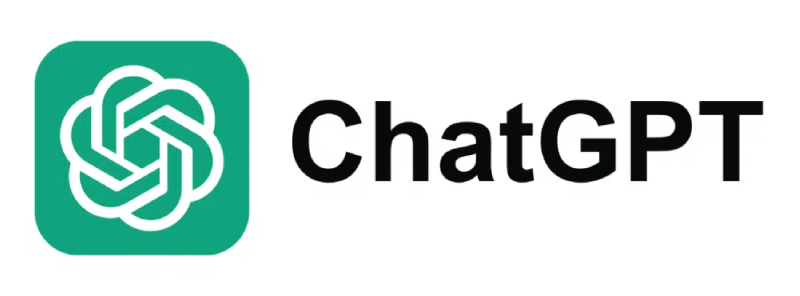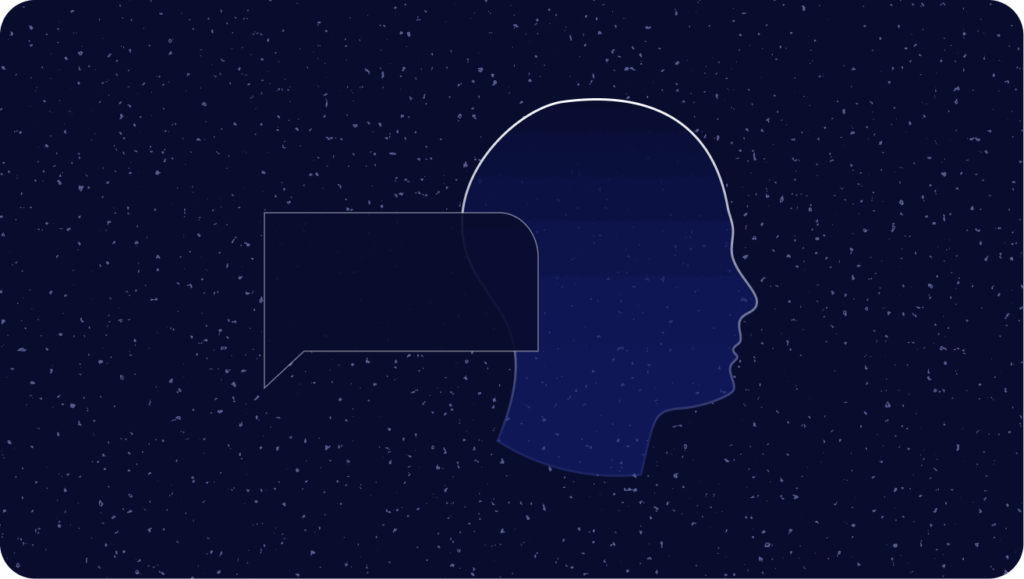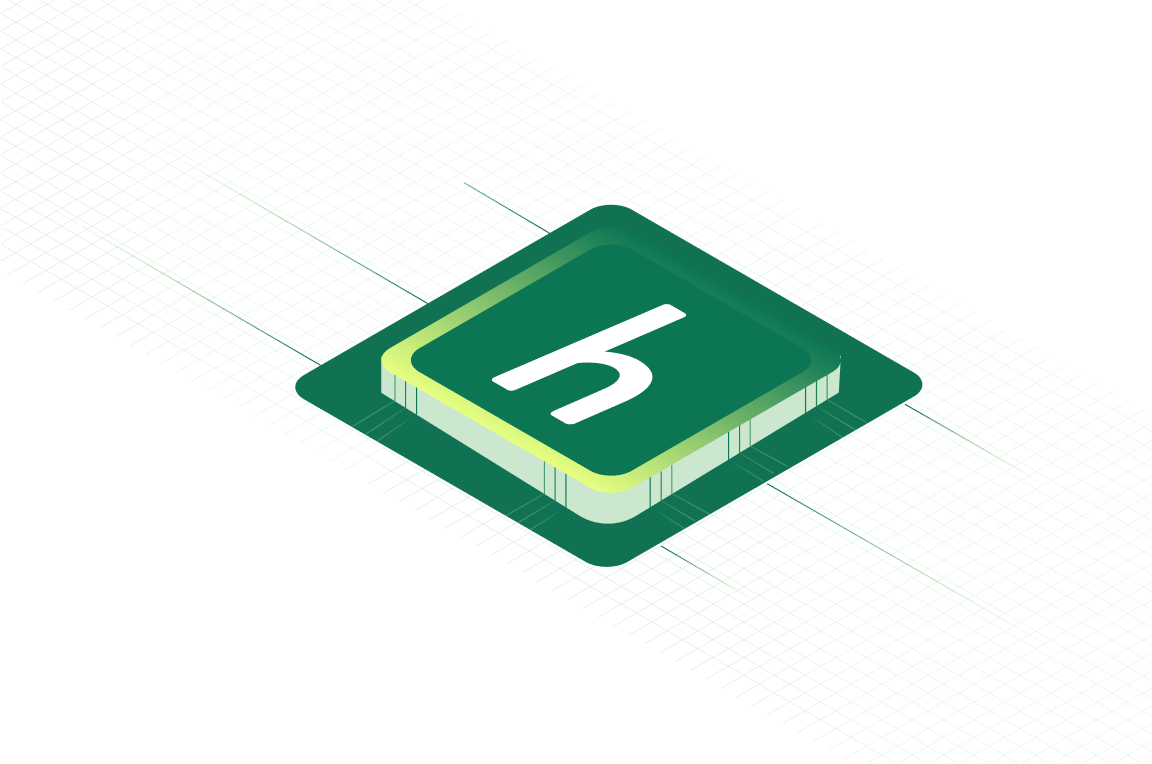Consumers increasingly prefer to solve their own problems whenever possible. Brands like Starbucks, Lyft, Uber, Fandango, and Airbnb that allow self-service within apps have trained us to go out and get the services we want, when we want them. Time of day doesn’t matter, and we don’t have to endure small talk to get to our desired end result.
We’re now fully used to living in an on-demand world. Self-service automation enables a much higher caliber of experience for consumers who crave autonomy from the phone and email. When knowledge content meets workflow tools such as QuickSearch Bots and automation bots, customer experience improves.
How chatbots power self-service automation
Self-service automation is made possible by chatbot technology that, for example, can surface the right content for the right people based on keywords and machine intelligence.
We’re becoming more comfortable with chatbots than ever before, and when it comes to customer service, we often prefer chatbot interactions. That’s because chatbots can quickly resolve problems and answer questions, without requiring the customer to wait. One recent study showed that 80 percent of customer queries are resolved by chatbots without a human agent needing to step in.
And for brands, enabling self-service automation can greatly reduce ticket volume and associated support costs. You save money around staffing and give the staff you do have much more context around individual customer issues.
The optimal approach to self-service automation
The foundation of self-service automation is your knowledge base. To function optimally for self-service, it must be robust, organized, and most of all, accessible. That means highly searchable articles within an online content library.
Next, you’ll deploy an QuickSearch Bot that uses natural language processing (NLP) and machine learning (ML). NLP helps the bot understand the idiosyncrasies and variations in the way individuals type or speak. It helps the bot understand customer intent in order to follow up with relevant article recommendations. ML helps the bot become smarter over time so its accuracy improves continuously.
The QuickSearch Bot is the bridge between your knowledge base articles and your customers. But this technology is more sophisticated than just a search engine.
The hidden benefits of bots for self-service automation
Some customer service organizations use bots to collect customer information in a far more sophisticated way than an IVR phone system would. Others can fully automate customer service ticket workflows and achieve extremely high levels of automation. Some brands integrate their bots with third-party systems to automate information about shipments, unlock accounts and other common issues.
Enabling customers to self-solve such common issues frees up human agents to deal with anomalous, unique and sensitive issues. The impact of bots on agent workload is tremendous. In a Helpshift study, bots reduced the number of outbound interactions by 47 percent for messaging and 28 percent for live chat.
Your turn to tune into self-service automation
Self-service automation enables consumers to answer their own problems, on their own time, in their own way. No longer beholden to on-hold queues and waiting for follow-up calls, they can source solutions and move on. It speeds up and improves the customer experience and simultaneously makes customer-service organizations more efficient.
In fact, some of Helpshift’s biggest customers are already achieving 50 percent automation within their service organizations. To read more about self-service automation, bots, and messaging, sign up to receive an advanced copy of The 2019 State of Customer Service Automation.








